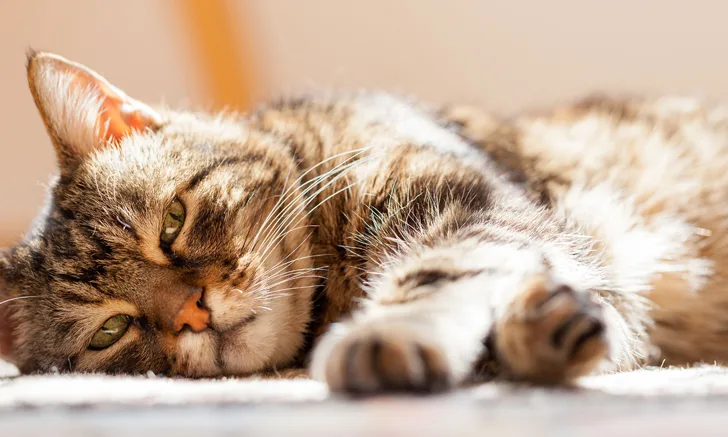Transdermal Gabapentin Use in Cats
Sheilah A. Robertson, BVMS (Hons), PhD, DACVAA, DECVAA, DACAW, DECAWBM (WSEL), CVA, MRCVS, Lap of Love Veterinary Hospice, Gainesville, Florida

In the Literature
Slovak JE, Costa AP. A pilot study of transdermal gabapentin in cats. J Vet Intern Med. 2021;35(4):1981-1987.
The Research …
Gabapentin is widely used in cats to decrease fear and stress and treat some painful conditions (eg, osteoarthritis). Oral administration can be difficult in cats and can lead to treatment failure; less invasive administration methods are thus desirable. The transdermal route is used for mirtazapine, and an FDA-approved formulation is available; however, not all molecules are suitable for transdermal administration and should be evaluated in the target species.
This study reported the use of gabapentin in a proprietary base and its ability to traverse feline skin using an in vitro diffusion cell model, as well as an in vivo study on client-owned cats (Table). The in vitro study confirmed that the formulation traverses cadaver skin.
In Vivo Phase of the Transdermal Gabapentin Study
Blood samples were collected before administration of the first dose and on days 1 and 5. In cats <6 years of age, there were no significant differences in serum concentrations of gabapentin between the 2 doses or sites of application. In cats >8 years of age, serum concentrations were significantly higher on day 5 versus day 1. Serum levels were at least 6 times lower compared with published values after oral administration.1
Pain scores were reported for cats >8 years of age, but the type of pain was not included. Pain in this age group would likely be chronic (maladaptive); therefore, the acute pain scoring tools used in this study were not appropriate. Gabapentin can cause sedation, which may interfere with pain scoring, but details on sedation were not provided.
Results of this study demonstrated low levels of gabapentin in blood after transdermal application. No conclusions should be drawn about analgesic efficacy from the data provided. Sedation scores were not provided, and the first sample was collected one day after application was started; thus, usefulness of this transdermal application prior to in-clinic visits is unknown.
… The Takeaways
Key pearls to put into practice:
Additional studies are needed before transdermal formulations of gabapentin can be reliably used before visits to the clinic or for maladaptive pain in cats. Compounded products are not subjected to safety or efficacy evaluations.2
Oral formulations of gabapentin produce sedation and decrease fear in most cats. Maximum plasma concentrations are reached in 1 to 2 hours.3
In a survey, 71% of clinicians reported oral gabapentin as the first drug used to treat chronic musculoskeletal pain.4 A small study of cats with osteoarthritis supports this use.5
You are reading 2-Minute Takeaways, a research summary resource presented by Clinician’s Brief. Clinician’s Brief does not conduct primary research.